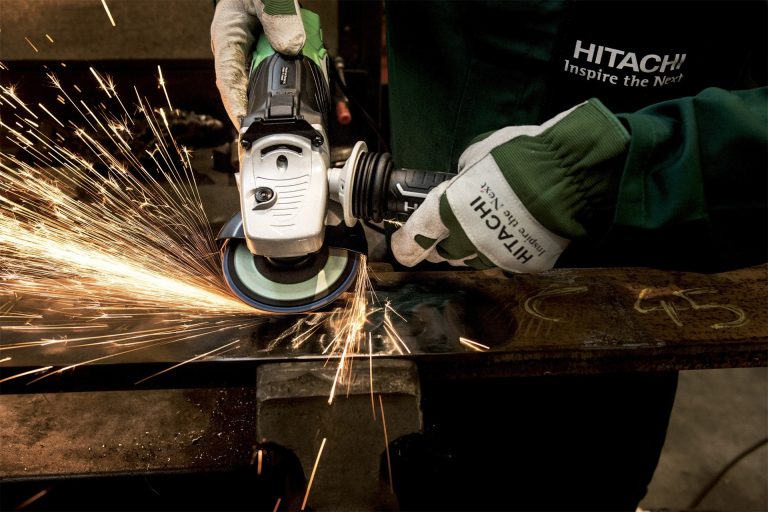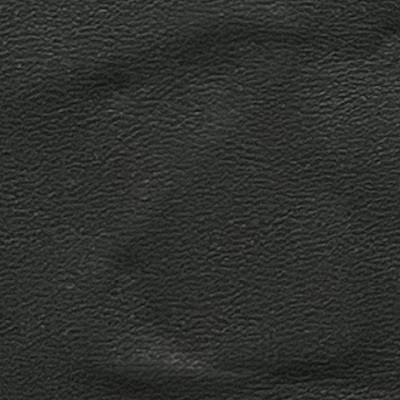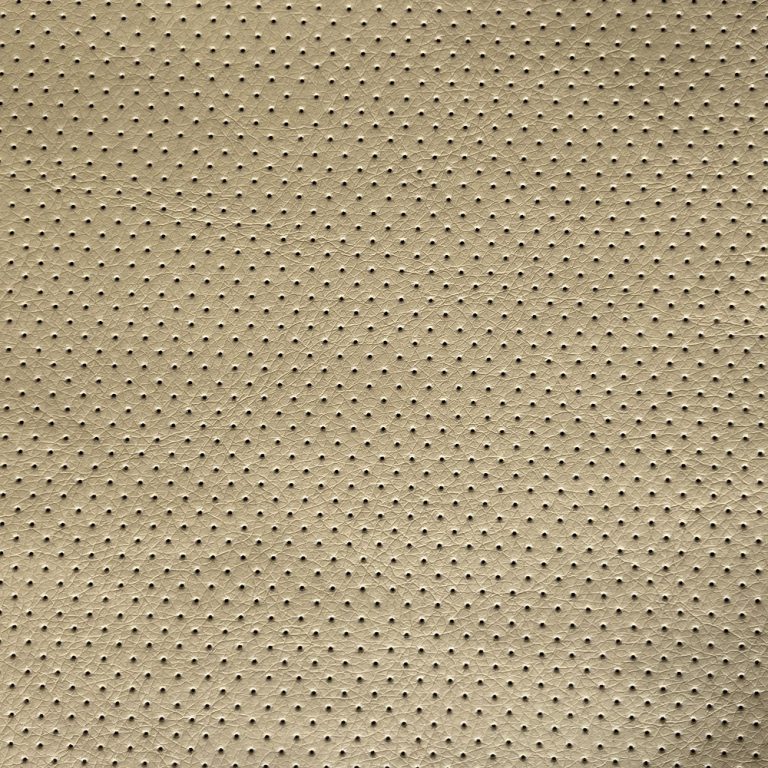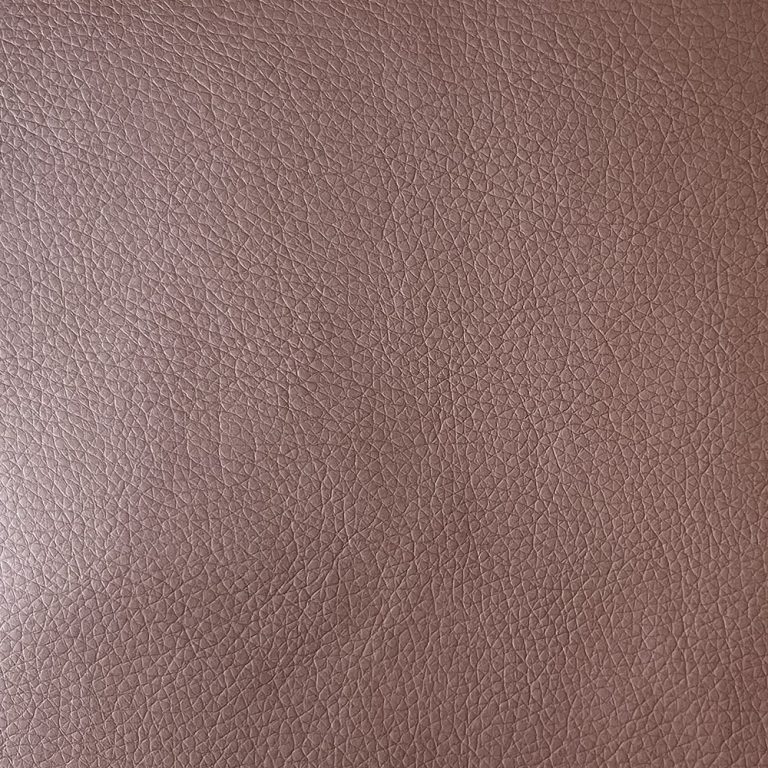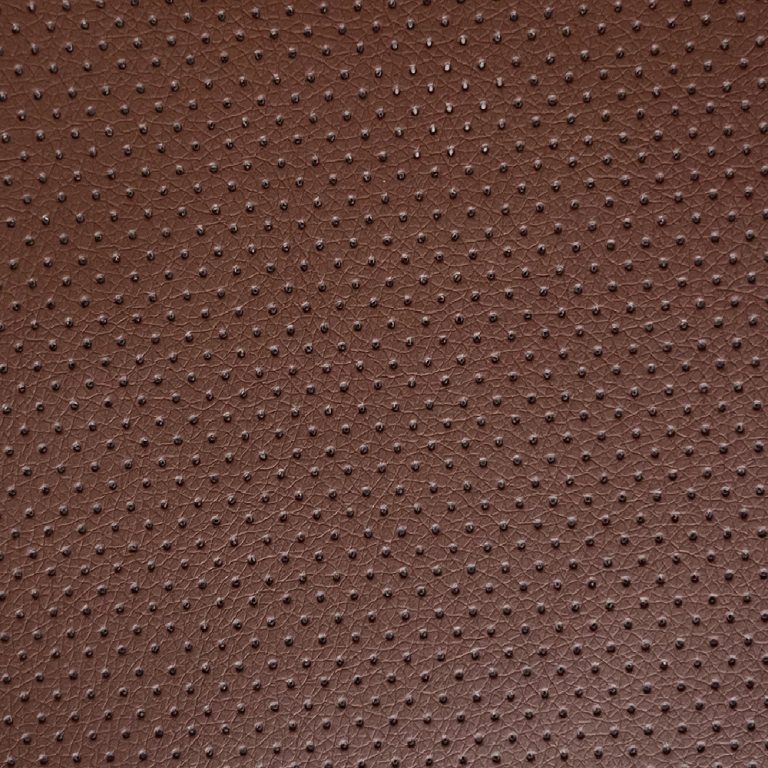Table of Contents
Advantages of Using Breathable Shoe Lining Fabric
Shoe lining fabric is an essential component of any footwear, as it provides comfort, support, and protection to the feet. One of the most popular types of shoe lining fabric is breathable fabric, which offers a range of advantages for both the wearer and the shoe itself.
Breathable shoe lining fabric is designed to allow air to flow through the material, which helps to regulate the temperature inside the shoe and prevent the build-up of moisture. This is particularly important for athletes and active individuals who may sweat heavily during physical activity. By allowing air to circulate, breathable shoe lining fabric helps to keep the feet cool and dry, reducing the risk of blisters, odors, and fungal infections.
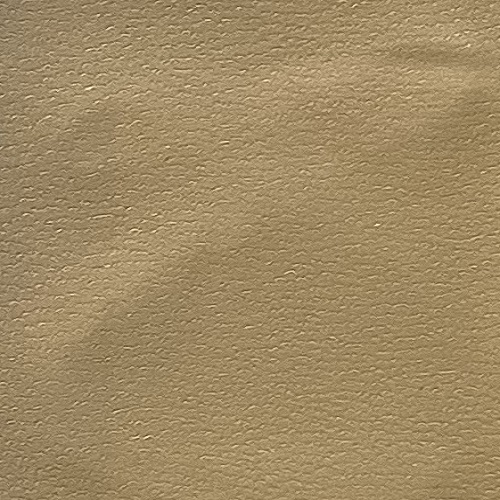
In addition to keeping the feet dry, breathable shoe lining fabric also helps to improve overall comfort. The soft, lightweight material is gentle on the skin and reduces friction, making it more comfortable to wear shoes for extended periods of time. This is especially beneficial for individuals who spend long hours on their feet, such as healthcare workers, retail employees, or anyone who works in a standing or walking position.
Furthermore, breathable shoe lining fabric can help to extend the life of the shoe itself. By allowing air to circulate, the fabric helps to prevent the build-up of moisture inside the shoe, which can lead to the growth of mold and mildew. This not only helps to keep the shoe smelling fresh but also helps to prevent damage to the shoe’s materials, such as leather or suede, which can be compromised by excess moisture.

Another advantage of using breathable shoe lining fabric is its ability to improve the overall performance of the shoe. By keeping the feet cool and dry, the fabric helps to reduce fatigue and discomfort, allowing the wearer to perform at their best for longer periods of time. This is particularly important for athletes and individuals who engage in high-intensity activities, as it can help to improve their performance and reduce the risk of injury.
Overall, breathable shoe lining fabric offers a range of advantages for both the wearer and the shoe itself. From keeping the feet cool and dry to improving comfort and performance, this type of fabric is a popular choice for a wide range of footwear. Whether you are an athlete looking for a competitive edge or simply someone who values comfort and support, breathable shoe lining fabric is a great option to consider for your next pair of shoes.
How to Choose the Right Shoe Lining Fabric for Your Needs
When it comes to choosing the right shoe lining fabric for your needs, there are several factors to consider. The lining of a shoe plays a crucial role in providing comfort, support, and durability. It is important to select a lining fabric that is both functional and aesthetically pleasing. In this article, we will discuss the different types of shoe lining fabrics available and provide tips on how to choose the best one for your specific requirements.
One of the most common types of shoe lining fabrics is leather. Leather is a popular choice for shoe linings because of its durability, breathability, and ability to conform to the shape of the foot over time. It also provides a luxurious feel and can enhance the overall look of the shoe. However, leather linings can be more expensive than other types of lining fabrics and may require more maintenance to keep them looking their best.
Another popular choice for shoe lining fabric is textile. Textile linings are often made from materials such as cotton, polyester, or nylon. These fabrics are lightweight, breathable, and can be easily dyed in a variety of colors and patterns. Textile linings are a more affordable option compared to leather and are often used in casual or athletic shoes. However, textile linings may not be as durable as leather and may wear out more quickly.
For those looking for a more eco-friendly option, there are also lining fabrics made from recycled materials. These fabrics are often made from recycled plastics, rubber, or other sustainable materials. Choosing a lining fabric made from recycled materials can help reduce waste and minimize the environmental impact of shoe production. These fabrics are often just as durable and comfortable as traditional lining materials, making them a great choice for environmentally conscious consumers.
When choosing a shoe lining fabric, it is important to consider the specific requirements of the shoe. For example, if you are looking for a lining fabric for a running shoe, you may want to choose a material that is moisture-wicking and breathable to keep your feet cool and dry during exercise. On the other hand, if you are looking for a lining fabric for a dress shoe, you may prioritize aesthetics and choose a luxurious leather lining.
| Article Name | Model |
| Shoe lining material | S |
In addition to considering the functionality of the lining fabric, it is also important to think about the overall design and style of the shoe. The lining fabric can play a significant role in the overall look and feel of the shoe, so it is important to choose a fabric that complements the design of the shoe. Whether you are looking for a classic leather lining for a timeless look or a bold textile lining for a more modern aesthetic, there are plenty of options to choose from.
In conclusion, choosing the right shoe lining fabric is an important decision that can impact the comfort, support, and durability of your shoes. By considering factors such as material, functionality, design, and sustainability, you can select a lining fabric that meets your specific needs and preferences. Whether you opt for a luxurious leather lining, a lightweight textile lining, or an eco-friendly recycled lining, there are plenty of options available to suit every style and budget.
Sustainable Options for Shoe Lining Fabric
Shoe lining fabric is an essential component of footwear that often goes unnoticed by the wearer. However, the choice of lining fabric can have a significant impact on the overall comfort, durability, and sustainability of a shoe. As consumers become more conscious of the environmental and social impact of their purchases, there is a growing demand for sustainable options for shoe lining fabric.
One sustainable option for shoe lining fabric is recycled polyester. Recycled polyester is made from post-consumer plastic bottles that are melted down and spun into fibers. This process reduces the amount of plastic waste that ends up in landfills or oceans and helps to conserve natural resources. In addition, recycled polyester has the same performance and durability as virgin polyester, making it a viable alternative for shoe lining fabric.
Another sustainable option for shoe lining fabric is organic cotton. Organic cotton is grown without the use of synthetic pesticides or fertilizers, which reduces the environmental impact of cotton production. In addition, organic cotton is often grown using rainwater irrigation methods, which helps to conserve water resources. By choosing shoe lining fabric made from organic cotton, consumers can support more sustainable farming practices and reduce their carbon footprint.
Hemp is another sustainable option for shoe lining fabric. Hemp is a fast-growing plant that requires minimal water and no pesticides to grow, making it a highly sustainable crop. Hemp fibers are strong, durable, and breathable, making them an excellent choice for shoe lining fabric. In addition, hemp is biodegradable, which means that shoes made with hemp lining fabric can be composted at the end of their life cycle, reducing waste and environmental impact.
Tencel is a sustainable option for shoe lining fabric that is made from wood pulp sourced from sustainably managed forests. The production process for Tencel is closed-loop, which means that the solvents and chemicals used are recycled and reused, minimizing waste and pollution. Tencel fibers are soft, breathable, and moisture-wicking, making them a comfortable and eco-friendly choice for shoe lining fabric.
In addition to these sustainable options, there are also innovative materials being developed for shoe lining fabric that are even more environmentally friendly. For example, pineapple leather is a vegan alternative to traditional leather that is made from the fibers of pineapple leaves. This material is biodegradable, cruelty-free, and has a similar texture and appearance to animal leather, making it a sustainable and stylish choice for shoe lining fabric.
As consumers become more aware of the environmental and social impact of their purchases, the demand for sustainable options for shoe lining fabric is expected to grow. By choosing shoe lining fabric made from recycled polyester, organic cotton, hemp, Tencel, or other innovative materials, consumers can support more sustainable practices in the footwear industry and reduce their carbon footprint. Sustainable shoe lining fabric not only benefits the environment but also provides a comfortable and durable lining for footwear that will last for years to come.


